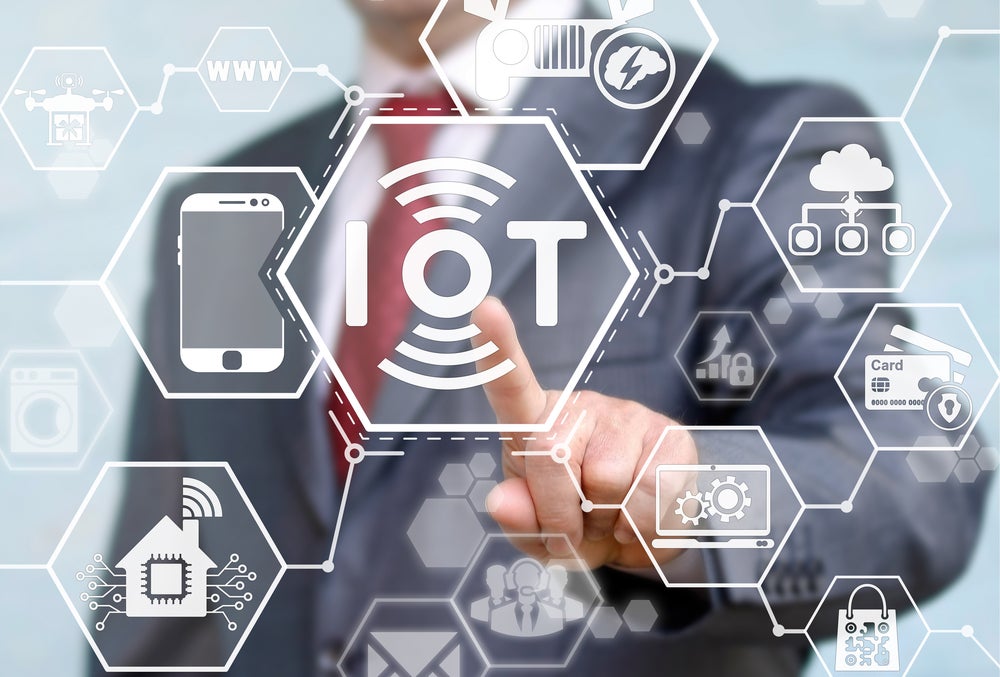Unisys has been granted a patent for methods and systems that enable remote dynamic isolation of IoT devices. The system includes IoT devices with active communication channels and role certificates, and an operator device that interacts with a distributed ledger to issue and revoke role certificates. The first IoT device periodically validates a role certificate proof received from the second IoT device using the distributed ledger. GlobalData’s report on Unisys gives a 360-degree view of the company including its patenting strategy. Buy the report here.
According to GlobalData’s company profile on Unisys, MITM attack solutions was a key innovation area identified from patents. Unisys's grant share as of September 2023 was 81%. Grant share is based on the ratio of number of grants to total number of patents.
Remote dynamic isolation of iot devices
A recently granted patent (Publication Number: US11729004B2) describes a system and method for establishing trust between Internet of Things (IoT) devices using role certificates and a distributed ledger. The system includes a first IoT device, a second IoT device with an active communication channel to the first device, and an operator device that interacts with a distributed ledger to issue and revoke role certificates for multiple devices.
The first IoT device periodically validates a role certificate proof received from the second IoT device by checking the entry of the proof recorded on the distributed ledger. If the validation fails, the first device terminates the active communication channel. This ensures that only trusted devices can establish and maintain communication.
The operator device plays a crucial role in managing the role certificates. It can invalidate a role certificate if it receives an indication that the second IoT device is compromised. This invalidation is recorded on the distributed ledger, prompting the first IoT device to terminate communication with the compromised device.
Importantly, the validation of the role certificate proof does not depend on the protocol used for the active communication channel. This allows for flexibility in the choice of communication protocols without compromising the security and trust established by the role certificates.
The role certificates themselves can include communities of interest, defining groups of devices that the second IoT device is allowed to communicate with. The operator device can be connected to a centralized management service that defines the role certificates for multiple devices, further enhancing the scalability and efficiency of the system.
In summary, this patent presents a system and method for establishing trust between IoT devices using role certificates and a distributed ledger. By periodically validating role certificate proofs and allowing for certificate revocation, the system ensures secure and trusted communication between devices. The flexibility in communication protocols and the inclusion of communities of interest add further layers of customization and control to the system.
To know more about GlobalData’s detailed insights on Unisys, buy the report here.
Data Insights
From

The gold standard of business intelligence.
Blending expert knowledge with cutting-edge technology, GlobalData’s unrivalled proprietary data will enable you to decode what’s happening in your market. You can make better informed decisions and gain a future-proof advantage over your competitors.




